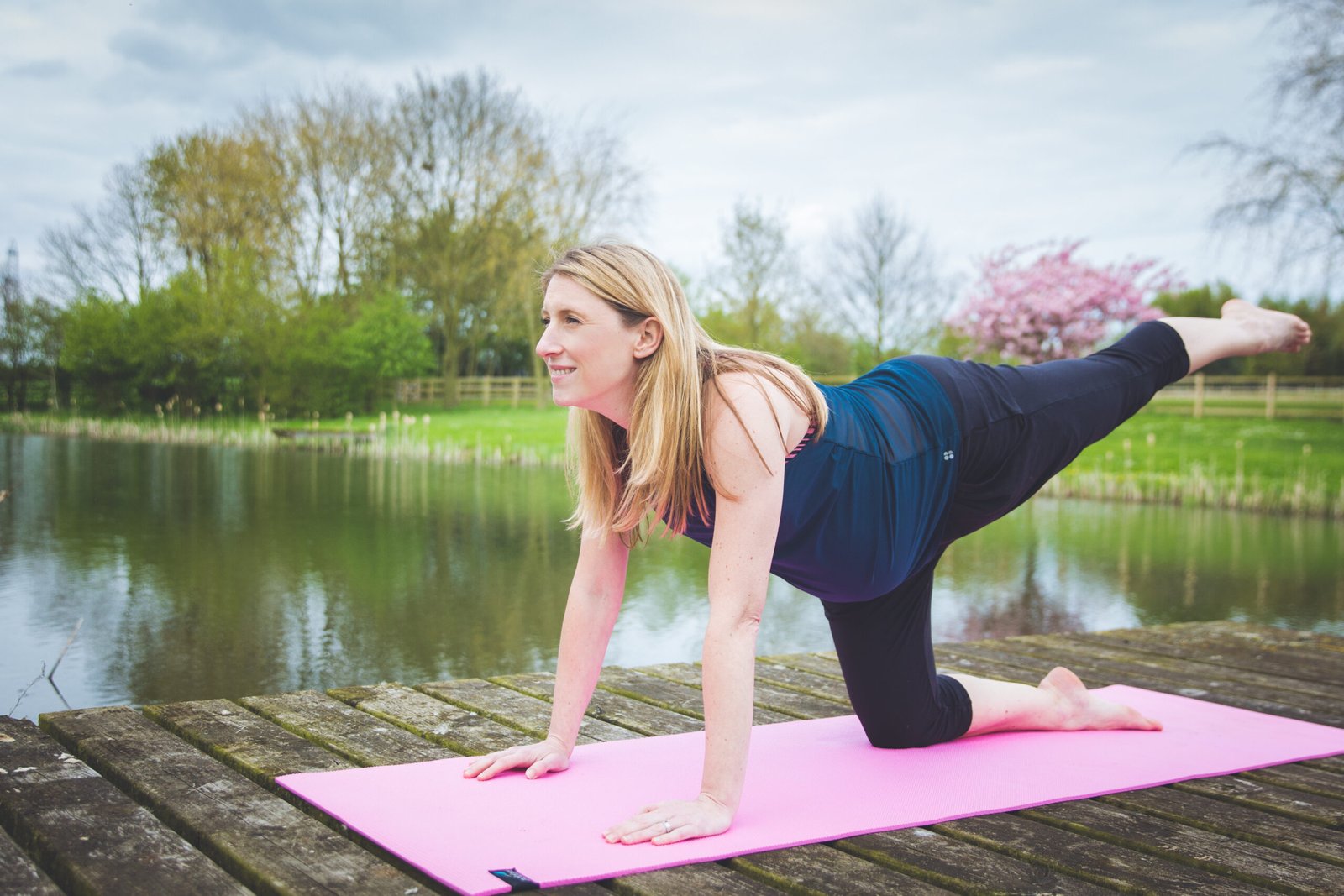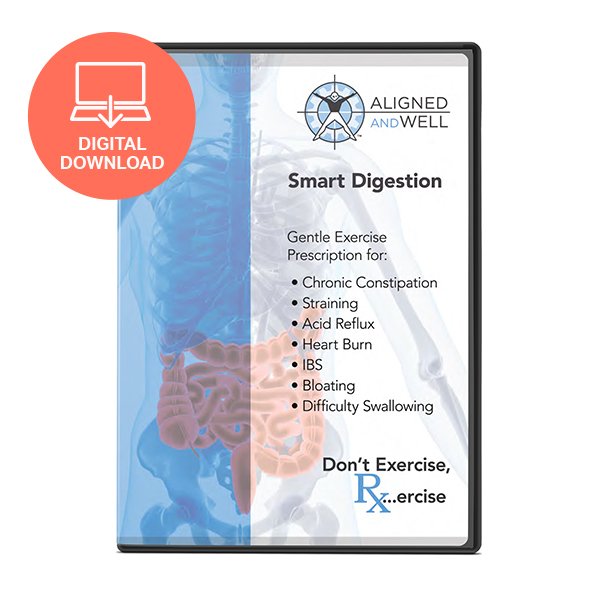After the long-awaited arrival of your little bundle of joy, the weight of motherhood settles in, both literally and figuratively. In this transformative phase of your life, the thought of regaining control over your body may seem daunting. However, fear not, for there is a gentle yet effective solution that allows you to reclaim your strength, restore your flexibility, and rediscover your inner calm: Postpartum Pilates. This age-old discipline combines mindful movement and targeted exercises to help new moms regain their physical vitality and emotional equilibrium. So, whether you yearn to ease post-pregnancy aches, rebuild your core, or simply indulge in some much-needed self-care, Postpartum Pilates warmly invites you to embark on a journey of healing and rejuvenation.
Table of Contents
- Understanding Postpartum Pilates and its Benefits
- Rebuilding Core Strength and Stability after Pregnancy
- Gentle Exercises to Target Problem Areas and Restore Alignment
- Expert Tips for Gradual Progression and Injury Prevention
- Finding the Right Postpartum Pilates Program for You
- Q&A
- Insights and Conclusions

Understanding Postpartum Pilates and its Benefits
Pilates is a popular form of exercise known for its benefits in strengthening the core, improving flexibility, and enhancing overall body strength. However, postpartum pilates is specifically tailored to meet the unique needs of women who have recently given birth. This specialized form of Pilates combines gentle exercises that focus on reestablishing core stability, pelvic floor strength, and overall body conditioning.
So, what are the specific benefits of postpartum Pilates?
- Restoring core muscles: Postpartum Pilates targets the muscles that were significantly weakened during pregnancy and childbirth. By engaging in specific exercises, women can gradually rebuild their core strength, improving posture and reducing the risk of experiencing back pain.
- Promoting pelvic floor recovery: One of the key focuses of postpartum Pilates is the pelvic floor. It helps in the recovery of the muscles that supported the growing baby and assisted in childbirth. Strengthening these muscles improves bladder control, reduces the risk of prolapse, and promotes overall pelvic health.
- Aiding in weight loss and toning: After giving birth, many women strive to regain their pre-pregnancy fitness levels. Postpartum Pilates can be an effective tool in achieving this goal as it incorporates exercises designed to burn calories, tone the body, and increase muscle strength without overexertion.
By participating in postpartum pilates, new mothers can regain their physical strength, improve their overall well-being, and regain confidence in their post-baby bodies. It is important to consult with a certified postpartum Pilates instructor before beginning any new exercise regimen to ensure proper guidance and safety.

Rebuilding Core Strength and Stability after Pregnancy
After the incredible journey of pregnancy and childbirth, it’s important for new moms to focus on rebuilding their core strength and stability. This not only promotes overall well-being but also helps in preventing future injuries and maintaining good posture. Here are some tips and exercises to help you regain your strength:
1. Start with gentle exercises: Begin by incorporating gentle exercises into your daily routine. These could include pelvic tilts, kegels, and deep breathing exercises, which all target the core muscles without putting too much strain on your body.
2. Engage in low-impact workouts: Gradually introduce low-impact workouts, such as Pilates, yoga, or swimming, into your routine. These exercises help strengthen the core while being gentle on the joints.
3. Focus on proper posture: Pay attention to your posture throughout the day, whether you’re sitting, standing, or lifting your baby. Engage your core muscles and avoid slouching to enhance your stability and prevent excessive strain on the weakened muscles.
4. Incorporate targeted exercises: Once you feel comfortable, add targeted core exercises to your routine. Planks, bird dogs, and bridges are great options that engage multiple core muscles and help rebuild strength.
5. Stay consistent and gradually progress: Remember to be patient with yourself. Consistency is key when rebuilding core strength. Start with shorter sessions and gradually increase the duration and intensity of your workouts over time.
6. Seek professional guidance: If you’re unsure about where to begin or want personalized advice, consider consulting with a physical therapist or postpartum fitness specialist who can create a tailored program to meet your specific needs.
Keep in mind that every body is different, and it’s important to listen to your own needs and limitations. Be gentle with yourself during this post-pregnancy journey, and soon enough, you’ll regain your core strength and stability.

Gentle Exercises to Target Problem Areas and Restore Alignment
Are you looking to improve your posture and alleviate pain in specific problem areas? Look no further! We have compiled a list of gentle exercises that specifically target those problem areas and help restore alignment to your body.
Upper Back:
- Shoulder Rolls: Begin by sitting or standing with your back straight and shoulders relaxed. Slowly roll your shoulders forward and then upward in a circular motion. Repeat this movement for 10-15 repetitions, and then reverse the direction.
- Chest Stretch: Stand tall with your feet hip-width apart. Interlace your fingers behind your back and gently squeeze your shoulder blades together as you lift your hands away from your body. Hold this stretch for 20-30 seconds, breathing deeply.
Lower Back:
- Cat-Cow Pose: Start on all fours with your hands directly under your shoulders and knees under your hips. Inhale as you drop your belly, lift your chest, and look up (cow pose). Exhale as you round your spine, tuck your chin toward your chest, and engage your core (cat pose). Repeat this flow for 10-15 breaths.
- Child’s Pose: Begin by kneeling on the floor with your knees apart and toes touching. Sit back on your heels and lower your torso between your thighs, reaching your arms forward. Relax your shoulders, allow your forehead to rest on the ground, and hold this position for 30-60 seconds.
Hips and Legs:
- Butterfly Stretch: Sit on the floor with your legs spread out and feet together. Gently press down on your thighs with your hands to increase the stretch. Hold this position for 30-60 seconds, focusing on breathing deeply and relaxing into the stretch.
- Standing Calf Raises: Stand straight with your feet hip-width apart and hands resting on a wall or chair for balance. Slowly rise up onto the balls of your feet and hold the position for a second before gently lowering your heels back down. Repeat this movement for 10-15 repetitions.
By incorporating these exercises into your daily routine, you can effectively target problem areas and restore proper alignment to your body. Remember to always listen to your body and stop any exercise that causes pain or discomfort. Consistency is key, and with time, you’ll notice marked improvements in your overall posture and well-being!
Expert Tips for Gradual Progression and Injury Prevention
Gradual Progression Tips:
- Start slow: When embarking on a new fitness journey, it’s crucial to ease into it. Resist the temptation to push too hard, too soon. Gradually increase the duration, intensity, or frequency of your workouts to allow your body to adapt.
- Mix it up: Engaging in a variety of exercises not only keeps your workouts exciting but also helps prevent overuse injuries. Incorporate different forms of cardio, such as swimming or cycling, along with strength training and flexibility exercises.
- Listen to your body: Pay attention to any signs of fatigue or discomfort. If your muscles feel sore or your joints ache, it may be a sign to take a rest day or modify your routine. Pushing through pain can lead to injuries and setbacks.
Injury Prevention Tips:
- Warm-up and cool down: Always allocate time for a dynamic warm-up before your workout and a proper cool-down afterward. This helps increase blood flow to your muscles, reduces the risk of injuries, and aids in recovery.
- Proper form and technique: Whether you’re lifting weights, running, or performing yoga poses, it’s essential to ensure you’re using correct form. Seek guidance from a qualified instructor or trainer to minimize the risk of strains, sprains, and other injuries.
- Stay hydrated: Hydration plays a key role in injury prevention. Adequate fluid intake helps maintain muscle function and keeps joints lubricated. Remember to drink water before, during, and after your workouts.
- Gradually increase intensity: Avoid sudden spikes in intensity, as they can put undue stress on your body and increase the chance of injury. Gradually progress and allow your body to adapt to higher levels of exertion.
By following these expert tips and incorporating them into your fitness routine, you’ll be on the right track towards gradual progression while reducing the risk of injuries. Remember to prioritize your body’s needs, take it one step at a time, and enjoy the journey towards your fitness goals!
Finding the Right Postpartum Pilates Program for You
When it comes to getting back in shape after giving birth, finding the right postpartum Pilates program is crucial. Pilates is a gentle, low-impact exercise method that can help strengthen your core, improve flexibility, and restore your body’s alignment. But with so many options out there, how do you find the one that’s perfect for you?
First and foremost, it’s important to choose a program that is specifically designed for postpartum women. These programs understand the unique needs and challenges that come with the postpartum period, such as diastasis recti, pelvic floor weakness, and overall recovery. Look for classes or sessions that offer modifications and exercises tailored to postpartum bodies.
Another factor to consider is the level of expertise and qualifications of the instructor. Look for instructors who are certified in postpartum Pilates or have extensive experience working with postpartum women. This ensures that they understand the intricacies of postpartum fitness and can provide safe and effective exercises for your body.
Additionally, consider the format and schedule of the program. Some postpartum Pilates programs offer in-person classes, while others provide online sessions that you can do from the comfort of your own home. Determine which option aligns with your preferences and schedule.
Overall, finding the right postpartum Pilates program requires careful consideration of your unique needs, instructor qualifications, and program format. By choosing a program that caters to postpartum bodies, you can embark on a fitness journey that supports your recovery and helps you regain strength and confidence.
Q&A
What is postpartum Pilates?
Postpartum Pilates is a form of exercise specifically designed for mothers who have recently given birth. It focuses on strengthening and toning the core muscles, improving posture, and overall body conditioning.
Why is postpartum Pilates beneficial for new moms?
Postpartum Pilates is gentle yet effective, making it an ideal workout for new moms. It helps restore core strength and stability, improves pelvic floor strength, aids in postural realignment, and promotes overall physical and mental well-being.
Is postpartum Pilates safe for all mothers?
Postpartum Pilates is generally safe for most new moms, but it is important to consult with your healthcare provider before starting any exercise program. If you had a complicated pregnancy or delivery, have any existing medical conditions, or are experiencing pain or discomfort, it is best to seek professional advice.
Can postpartum Pilates help with diastasis recti?
Yes, postpartum Pilates can be beneficial in the treatment of diastasis recti. By strengthening the deep core muscles, Pilates exercises can help to narrow the gap between the abdominal muscles, promote proper alignment, and aid in the healing process.
How soon after giving birth can I start practicing postpartum Pilates?
It is recommended to wait at least six weeks after a vaginal delivery or eight to ten weeks after a cesarean section before starting postpartum Pilates. However, every woman’s recovery is different, so it is essential to listen to your body and follow your healthcare provider’s guidance.
Can postpartum Pilates help with weight loss?
While postpartum Pilates can support weight loss as part of a healthy lifestyle, it is not primarily focused on shedding pounds. Instead, it helps new moms regain strength, improve flexibility, and restore their bodies’ natural balance, which can indirectly contribute to weight loss over time.
How often should I practice postpartum Pilates?
The frequency of postpartum Pilates sessions depends on your individual needs and abilities. Starting with 1-2 sessions per week and gradually increasing to 3-4 sessions can provide significant benefits. It’s important to find a balance that works for your schedule and allows your body to recover and adapt at a comfortable pace.
Insights and Conclusions
In the delicate journey of motherhood, finding harmony between nurturing your growing baby and restoring your own body can be a delightful challenge. While the arrival of your little bundle of joy has undoubtedly filled your life with love and wonder, it’s important to remember that self-care is equally paramount. That’s where the gentle art of Postpartum Pilates comes to play, offering you a path to reclaim your body, one graceful movement at a time.
As you embrace this serene routine, envision your body as a blank canvas awaiting the gentle brushstrokes of rejuvenation. Postpartum Pilates is a delicate dance between strength and flexibility, designed to guide you through the transformative stages of motherhood. Just as the caterpillar undergoes its metamorphosis before emerging into a vibrant butterfly, this gentle practice will help you shed the heaviness and rediscover the grace that resides within.
Slowly, but steadily, you will reawaken your core muscles, rebuilding a solid foundation from which to flourish. Each movement becomes a melody, resonating with the symphony of your postpartum body. Pilates will gradually reconnect the fragmented pieces of your physical being, weaving them together to create a masterpiece of balance and strength. With every controlled breath, you will slowly unravel the knots of exhaustion and rediscover a sense of calm that empowers you, beyond the realm of motherhood.
As you gracefully navigate the realms of mat work and equipment exercises, the gentle guidance of your Pilates instructor will ensure your journey is seamless and nurturing. With their watchful eye and experienced touch, they will tailor the exercises to your unique postpartum needs, ensuring your body finds the perfect balance between challenge and restoration. No two journeys are the same, and your dedicated instructor will be your faithful companion, guiding you step by step on this path of rediscovery.
Beyond the physical realm, Postpartum Pilates offers you a respite from the cacophony of daily life, allowing you the opportunity to exhale, and bask in the tranquility of self-discovery. It opens the door to a community of like-minded mothers, each navigating their own beautiful journey of transformation. The mere act of stepping onto the mat becomes a celebration of your strength and resilience, a moment in time where you come together with others to honor the tapestry of motherhood.
So, dear mother, as you tread this path of postpartum healing, allow Postpartum Pilates to be your gentle guide. Let it become the bridge that carries you from the intensity of motherhood to the serenity of self-care. Embrace the transformative power of this graceful art and reclaim your body, mind, and spirit one Pilates movement at a time. Remember, it’s not just about reclaiming your body, but rediscovering the glorious essence of yourself, a radiant soul who deserves to flourish in the beauty of holistic wellbeing.
As an affiliate, my content may feature links to products I personally use and recommend. By taking action, like subscribing or making a purchase, you’ll be supporting my work and fueling my taco cravings at the same time. Win-win, right?
Want to read more? Check out our Affiliate Disclosure page.